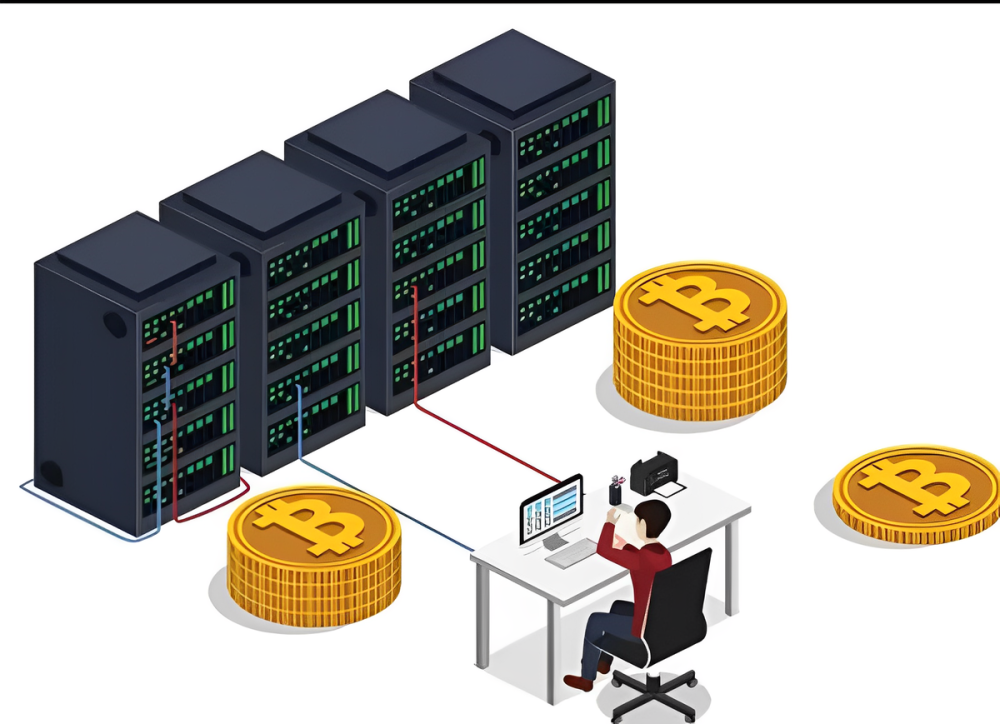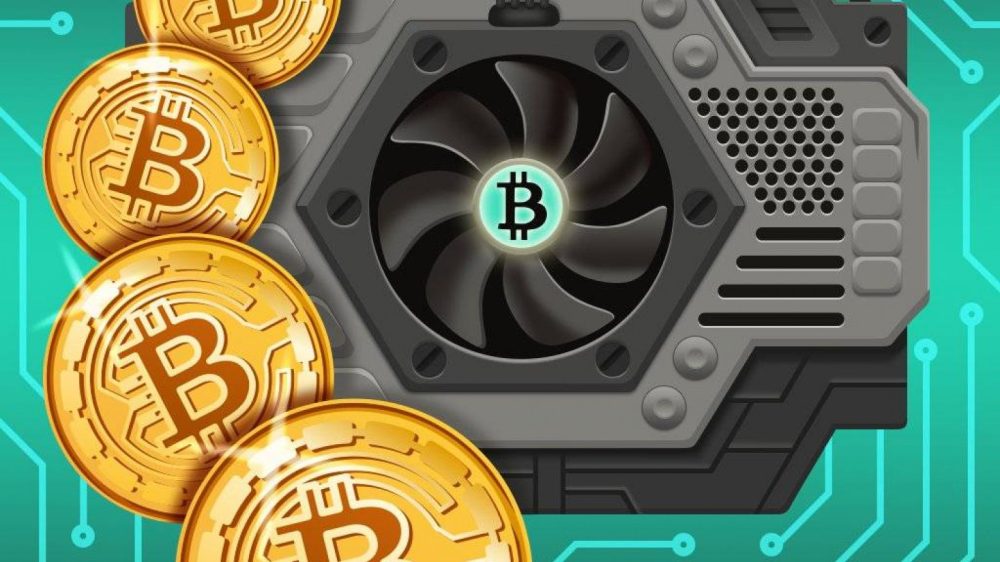Over the years, digital assets have gained a reputation as the perfect tool for capital growth. However, the endless stream of loud promises gives rise to numerous myths about cryptocurrency that distort the real understanding of market principles. The emergence of new tokens and capitalization growth create illusions that have no relation to practice.
### Illusion of Invulnerability of Digital Assets

A common belief asserts that blockchain is immune to any threats. Such myths about cryptocurrency are fueled by stories of complex encryption algorithms and decentralization supposedly creating absolute security.
In reality, cybersecurity remains the most vulnerable point of the entire infrastructure. Hackers regularly attack exchanges, withdraw users’ funds, and falsify transactions. Many beginners are convinced that cryptocurrency is securely protected simply by the fact of using blockchain. Such conviction often leads to carelessness.
### Loud Promises of Liquidity and Instant Profits
It is widely believed that acquiring tokens guarantees high profits due to constant capitalization growth. Such claims create myths about cryptocurrency that form false expectations.
Reality shows that any cryptocurrency remains a high-risk asset with colossal volatility. Prices can drop by tens of percent in a single day. Liquidity is not always sufficient to realize a large volume of coins without significant losses in value.
### Financial Pyramids and Anonymous Projects
Against the backdrop of growing popularity, structures emerge that cover their schemes with loud promises of revolutionary technologies. Financial pyramids actively exploit myths about cryptocurrency, promising stable profitability.
Anonymous teams without experience in blockchain development spread slogans aimed at convincing others of the uniqueness of their offerings. In many cases, such projects contain nothing but aggressive marketing and opaque conditions.
### Scalability and Network Overload
Technological progress has not eliminated scalability issues and high loads. Despite the implementation of new algorithms and improved hashing methods, the increase in the number of users leads to higher fees and transaction delays.
Many believe that modernization automatically guarantees stability. Such myths about cryptocurrency remain the main source of misconceptions, as no project is immune to overloads.
### Scandals and Legislative Restrictions
Behind the success stories of the crypto industry often lie massive scandals and high-profile investigations. Cases where projects disappeared along with invested funds undermine trust in the sector.
In many countries, laws aimed at regulating transactions and identifying trading participants are becoming stricter. This undermines the common belief that digital assets will forever remain outside the jurisdiction of state authorities.
### Scalability and Myth of Eternal Growth
This stereotype claims that scalability is supposedly solved, and capitalization grows unimpeded. In reality, most networks face overloads during peak loads.
New protocols do not always cope with the increasing number of users, leading to delays and rising fees. Understanding limitations helps dispel myths about cryptocurrency, where eternal growth is presented as the norm.
### Infrastructure and Wallet Vulnerability
It is a common belief that using wallets eliminates all threats. However, the truth about cryptocurrency is that once the private key is lost, funds cannot be recovered.
Moreover, storing assets on an exchange or in a hot wallet exposes them to constant threats. Myths about cryptocurrency claim that modern software completely solves the security issue.
### Truth and Myths about Cryptocurrency in Investments
It cannot be denied that investing in cryptocurrency offers profit opportunities. However, they come with risks that cannot be eliminated by technical solutions or developers’ promises.
Debunking misconceptions becomes a necessary step in preparing for any investments. Analyzing each project and verifying its actual state help protect capital and reduce the impact of emotional decisions.
### Myths about Cryptocurrency: Overview of Key Misconceptions
Below is a list of myths most commonly spread in the public sphere. Each of them supports the illusion of ease and risk-free investments:
– Cryptocurrency cannot be hacked or stolen;
– Any digital coin always increases in price;
– Decentralization automatically guarantees anonymity;
– Bitcoin is outdated, so altcoins are more reliable;
– Blockchain protects against any fraudulent activities;
– Regulation will not affect the crypto market;
– Buying tokens is risk-free investment;
– Scalability is solved by new algorithms;
– Storing funds on an exchange is safer than using cold wallets.
Awareness of misconceptions is important for forming a realistic view of the market.
### What Not to Believe in Crypto: Common Traps
Investors often encounter promises of incredible profits and easy fund management. To understand real risks, it is necessary to know what not to trust. Here are statements that require a skeptical attitude:
– New tokens are completely protected from price drops;
– Participation in a project guarantees dividends;
– Exchanges provide absolute protection of investments;
– Capitalization and liquidity always grow simultaneously;
– Projects without open-source code are as reliable as public solutions;
– Scalability is instantly resolved with demand growth;
– Decentralization completely eliminates abuses.
A critical approach to statements helps avoid disappointments.

### Conclusion
An objective analysis shows that myths about cryptocurrency continue to be the main cause of disappointments and losses. The rapid spread of legends about unlimited profits, absolute anonymity, and solving all problems with decentralization has no confirmation in real cases.
Forming a critical view and systematically studying mechanisms are the only way to make informed investments without illusions!







